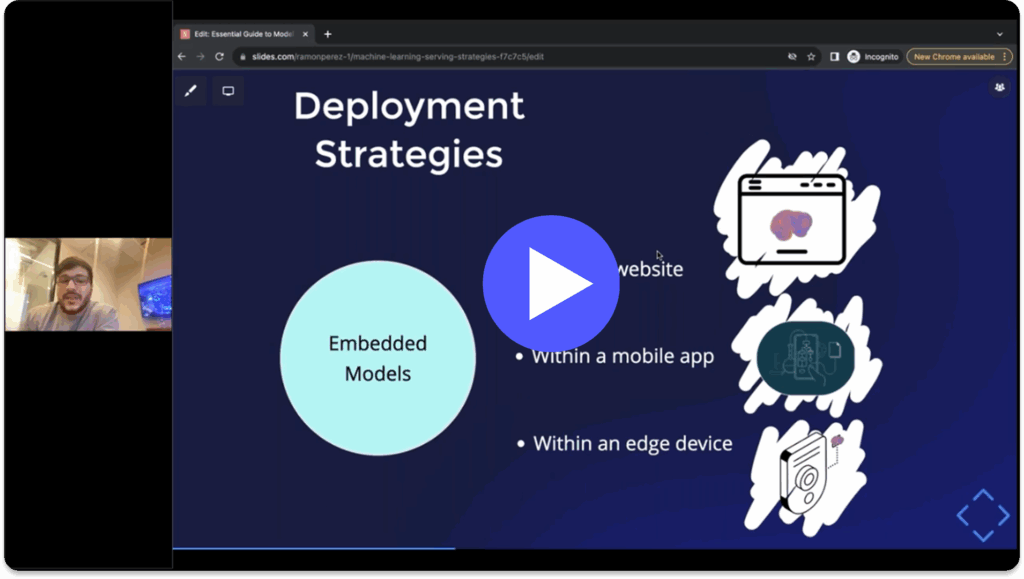Back in 2015, the Paris Accord was set out to protect us from the progressive impacts caused by global warming before the damage became irreversible. However, several of the protective measures were met with wariness and resistance from various sectors, including the financial services industry (FSI), which was concerned about the limiting effects on growth and economic profit. In turn, this resulted in a delay to the widespread implementation of preventative measures for AI in finance.
Forceful and high-profile lobbying, combined with the information economy and the transparency of scientific data have all forced regulatory action since then, piling pressure on companies, including those in the FSI to act as a catalyst for good.
More recently, climate-adjusted risk and ESG-related products have started to become a financial imperative, shifting banks’ and insurers’ core purpose to a path to net-zero. In addition, investment and equity managers are also transitioning to lucrative carbon markets to offset carbon footprints.
In order for the Paris Accord, COP26 and UN goals to be met, banks must be supportive of innovative financial instruments that enable brown-field industries with heavy transition risk strategies across operations and supply chains to shift to carbon-neutral. All the while, they must tightly manage the risk impacts to the balance sheet and potential stranded assets. Capital risk requirements are increasingly complex, with carbon metrics and climate stress tests being integrated into financial regulatory frameworks – such as the Climate Biennial Exploratory Scenario (CBES) – with associated capital held against risk-weighted assets. Solvency and pricing strategies for insurers alike.
Ultimately, organizations not investing in transition plans will lose their funding, risk heavy regulatory fines, and suffer indirect costs such as damage in reputation, creating a loss in shareholder confidence. The financial and equity markets will need to fund change to protect the balance sheet and, more importantly, the world. While intentions are pure, they need a return with complex cultural shifts to reinvent purpose aligned to critical ESG initiatives.
AI in Finance: Scaling sustainable finance through data and innovative risk
The vast droves of new unstructured data that impact risk, credit, and revenue models mean that machine learning (ML) or AI in finance becomes particularly valuable. ML frameworks are able to predict changes in commercial or retail banking client behavior to balance climate-adjusted pricing for better performing loans and a better customer experience. Insurers may leverage spatial and temporal flow patterns to feed deep neural networks (e.g RNNs) to better predict weather simulations and associated risk impacts across the portfolio.
So, how do you drive meaningful, sustainable change through product innovation? The evolving regulatory landscape has made this increasingly more complex. Climate stress tests and ESG performance hold real weight with disclosures and reports, materially impacting share performance. Capital productivity is a concern. For example, if a bank has 40% of exposed assets on the balance sheet sitting in brownfield industries, said bank then has to cover that associated stranded asset risk, which reduces capital productivity and growth.
Retail banks will now consider EPC ratings (which are usually antiquated and inaccurate) for green mortgages to inform climate-adjusted products that offset capital risk. By leveraging ML in partnership with energy companies, banks could more accurately forecast green mortgage risk aligned to energy efficiency or consumption, rather than broadly inaccurate EPC reports. In addition, banks could also use this information to proactively offer finance to improve domestic energy efficiency.
FSI organizations need to communicate transparently and collectively with energy companies and governments to meet a common goal. For example, banks are now funding change through green financing and bonds to create wind farms, while large infrastructure projects and insurers are helping the population transition to electric cars. To use ML to meet these objectives, organizations need a cross-functional team with expert skills across various environmental and climate disciplines.
Banks are already creating important partnership ecosystems with the energy and infrastructure industries. One example is NatWest’s partnership with Octopus Energy which offers clean energy infrastructure funding and access to electric vehicles for more than 55,000 NatWest employees.
The advancement of AI in Finance: A new multi-disciplined world
Traditional ML approaches, such as linear regression models, and even neural networks in some cases, might not be equipped to handle climate change’s growing complexity. So, how can data scientists at FSI organizations go one step further and future-proof AI in finance value?
Physics-ML, integrating physical laws and environmental systems into forms of ML, crosses a broad spectrum of disciplines (e.g first principles, earth systems, meteorology, turbulence modeling, Newton’s Laws, climatology). It is being pursued to improve the effectiveness and predictive accuracy of models with observations and scientific knowledge. Physical models normally have a notion of state, and complex models have multiple components across aspects of a system, such as components to model clouds or oceans in a global climate model.
When simulating these hypercomplex global systems, ML is crucial to gaining a deeper understanding of the role entropy plays in global atmospheric dynamics and subsequent impacts on earth’s subsystems.
Using advanced neural networks such as GANs and LSTMs, data scientists can:
- Simulate earth systems (such as weather patterns) and geophysical processes (such as volcanic eruptions or tectonic plate movements).
- Model coastal areas for flood prevention, such as turbulent flow modelling, creating a digital twin of our planet to run impact scenarios in controlled environments.
- Leveraging IoT and satellite data alongside convolutional neural networks can better predict carbon sequestration in forests, enabling better carbon credit allocation.
Currently, this is reasonably inaccessible due to the expensive computational power required, along with the vast amounts of satellite and sensor data necessary. However, with advancements in quantum computing and ML, financial institutions will be able to better forecast extreme weather events, in turn, managing risk, premiums, and pricing more competitively, while somewhat protecting balance sheets.
The humanitarian effects are also great, giving countries or states the insights to evacuate before a natural disaster devastates, or work with farmers to diversify crops before failure, leveraging ML to predict which crop rotations will yield the greatest return based on soil pH.
Investors, shaping the climate shift through FSI markets
Institutional investors have a role to play in creating market liquidity and project financing, with compliance carbon markets (CCMs) and voluntary carbon markets (VCMs) growing by more than 20%. ML can help with pricing explainability and market predictability to help fulfill global climate goals. Investors can increase economic value, performance, and risk-adjusted investment through the following examples:
- Mitigate portfolio risks in exposed sectors with high-transition risks through carbon credits.
- Invest in carbon credits to offset investors’ footprint.
- Carbon avoidance projects, green financing or bonds, and guiding portfolio companies through funding change to net-zero.
Ultimately, change will not happen without regulators and FSI organisations challenging the way industries are currently operating. FSI organisations need to pressure this change through innovative financing options to transition intensive industries to renewable business models and net-zero operations. ML can truly help to shape the future of climate change for FSI.
Take Control of Complexity With Seldon
With over 10 years of experience deploying and monitoring more than 10 million models across diverse use cases and complexities, Seldon is the trusted solution for real-time machine learning deployment. Designed with flexibility, standardization, observability, and optimized cost at its core, Seldon transforms complexity into a strategic advantage.
Seldon enables businesses to deploy anywhere, integrate seamlessly, and innovate without limits. Simplified workflows and repeatable, scalable processes ensure efficiency across all model types, while real-time monitoring and data-centric oversight provide unparalleled control. With a modular design and dynamic scaling, Seldon helps maximize efficiency and reduce infrastructure waste, empowering businesses to deliver impactful AI solutions tailored to their unique needs.
Talk to our team about machine learning solutions today –>







